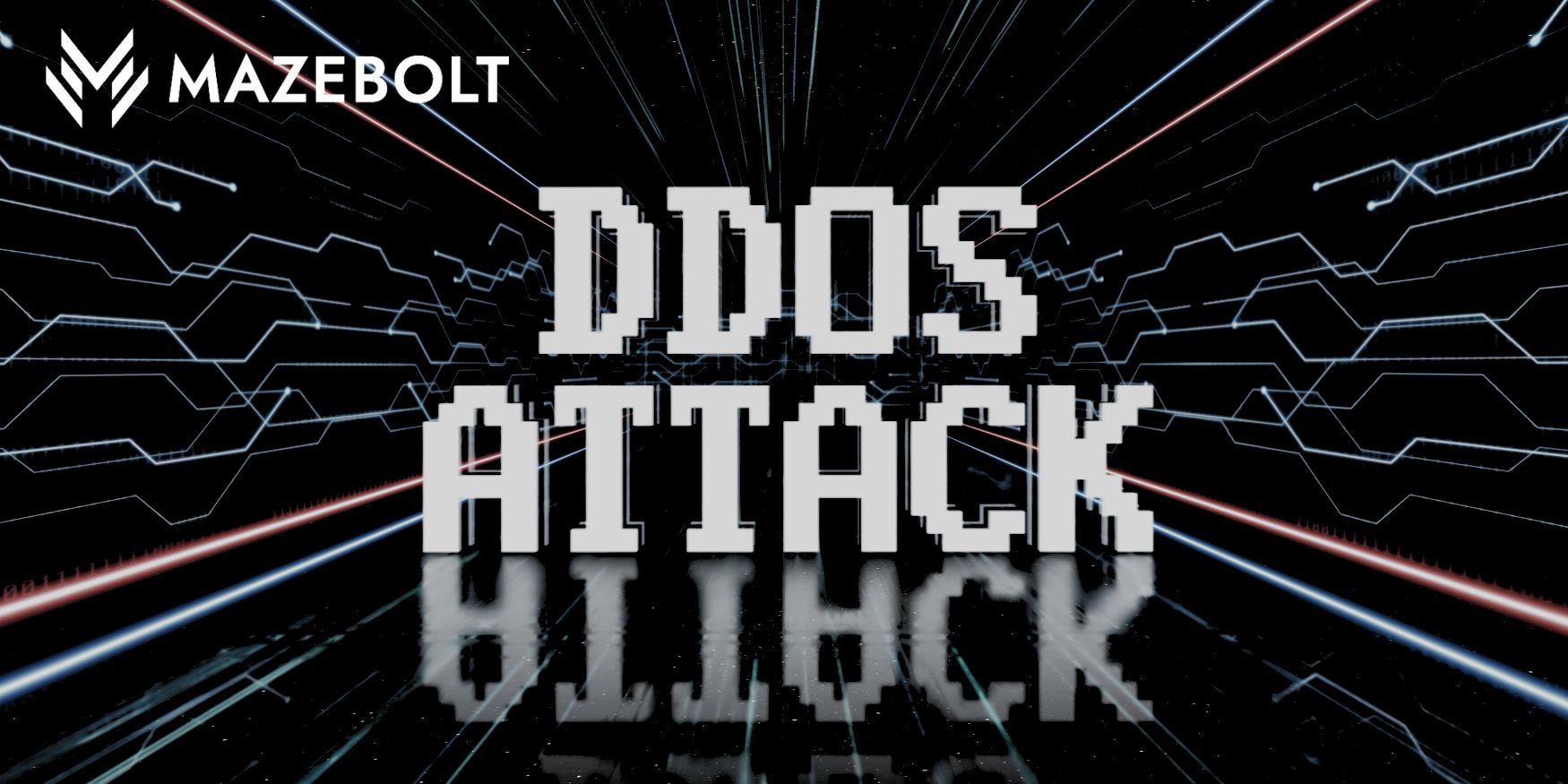Distributed Denial of Service (DDoS) attacks are becoming increasingly common across all industries, leaving many businesses scrambling for solutions to get back online quickly.
The gaming industry is no stranger to DDoS attacks. It was among the first industries to be targeted by DDoS when this attack method became common, in the days when no defense solution existed to repel such attacks.
Now, the gaming industry finds itself as a super An increasingly targeted sector, which quickly became an ideal target for DDoS attacks. The reason for this is mainly, due to the wide media exposure, the fall of the gaming platforms that produce within the entertainment and gaming worlds and beyond.
As more games rely on online connectivity and the availability of online resources, the exposure of gaming platforms increases, and with it, the vulnerabilities that attackers can exploit. Currently, only once a vulnerability is exploited by an attacker to launch a damaging DDoS attack will the victim’s technical teams attempt to patch the vulnerability in their DDoS protection system, reactively.
Waiting for the next vulnerability to be exploited
The damages from a successful DDoS attack against a gaming platform are significant, regardless of the type of games involved, and may include:
- Direct loss of microtransaction income (hardcore and casual games)
- Immediate loss of player loyalty (casual players and gamblers)
- Unsubscribe (hardcore and casual gamers)
- Loss of reputation and ability to acquire new players.
When a gaming platform goes down, gaming companies can lose millions in revenue, in addition to damaging their reputation in the gaming industry. Loss of reputation in the gaming world can be swift and brutal, as former loyal gamers can turn toxic and vicious on gaming forums and public discord servers, while casual gamers will find new outlets to play very quickly.
To defend against DDoS attacks and ensure players stay online, cybersecurity and IT teams must implement appropriate visibility tools into their networks and servers to continuously scan for vulnerabilities and close gaps in defense.
Why do DDoS attacks happen?
There are several factors that entice threat actors to attack the gaming industry, including disgruntled gamers and extortion. In recent years, attackers have turned to DDoS as a method to disrupt online gaming – especially those that run popular games, offer sponsorships or host tournaments with big prizes.
In addition, DDoS attacks for hire have become more accessible, which involves hiring professional cybercriminals to carry out attacks. This has proven convenient for disgruntled gamers, who can quickly shut down platforms, causing disruption to other players and the organization as a whole.
Carrying out a successful DDoS attack, whether independently or by hiring a third-party actor, is tempting to criminals for several reasons, such as financial gain. In the gaming industry, extortion is an easy way to monetize attacks. DDoS attackers can estimate how much a minute of downtime will cost a company in revenue and collateral damage.
Armed with this knowledge, cybercriminals demand a ransom before launching attacks, giving gaming companies a high-priced “exit.” When using DDoS for extortion, attackers will often demonstrate their capabilities in a small-scale attack to first prove that the threat is credible.
Understanding the motivation for these crippling attacks, organizations should look to strengthen their defenses and have a strategy in place to stay protected. However, even though organizations have the most reputable DDoS protection tools in place, those that do not consistently test their networks or servers for any vulnerabilities leave the door open to DDoS threat actors.
Visibility tools are critical to online retention
Once a threat is received, it’s critical that security teams already have the right action plan and visibility tools in place to identify and remediate vulnerabilities across all online services as they race to prevent further damage.
While most security leaders believe that implementing a tier one DDoS protection solution keeps them safe, successful attackers can exploit vulnerabilities in a previous deployment protective measures. To be fully protected, online gaming companies must implement web visibility tools to scan, monitor and identify vulnerabilities in their deployed solutions.
Full visibility allows security and network teams to reduce and mitigate vulnerabilities, thereby reducing and eliminating successful DDoS attacks. Using DDoS protection tools in conjunction with trusted visibility solutions provides the only solid defense against potential threats while speeding up the remediation process and minimizing damaging downtime.
The gaming industry has become a prime target for DDoS attacks given the pervasive online environment and the alluring factors that attract cybercriminals. To ensure players stay online and protect against growing threats, Visibility tools Must be a priority for gaming companies to increase their awareness of growing exposure.
After all, if vulnerabilities are not identified, they cannot be fixed.
.








